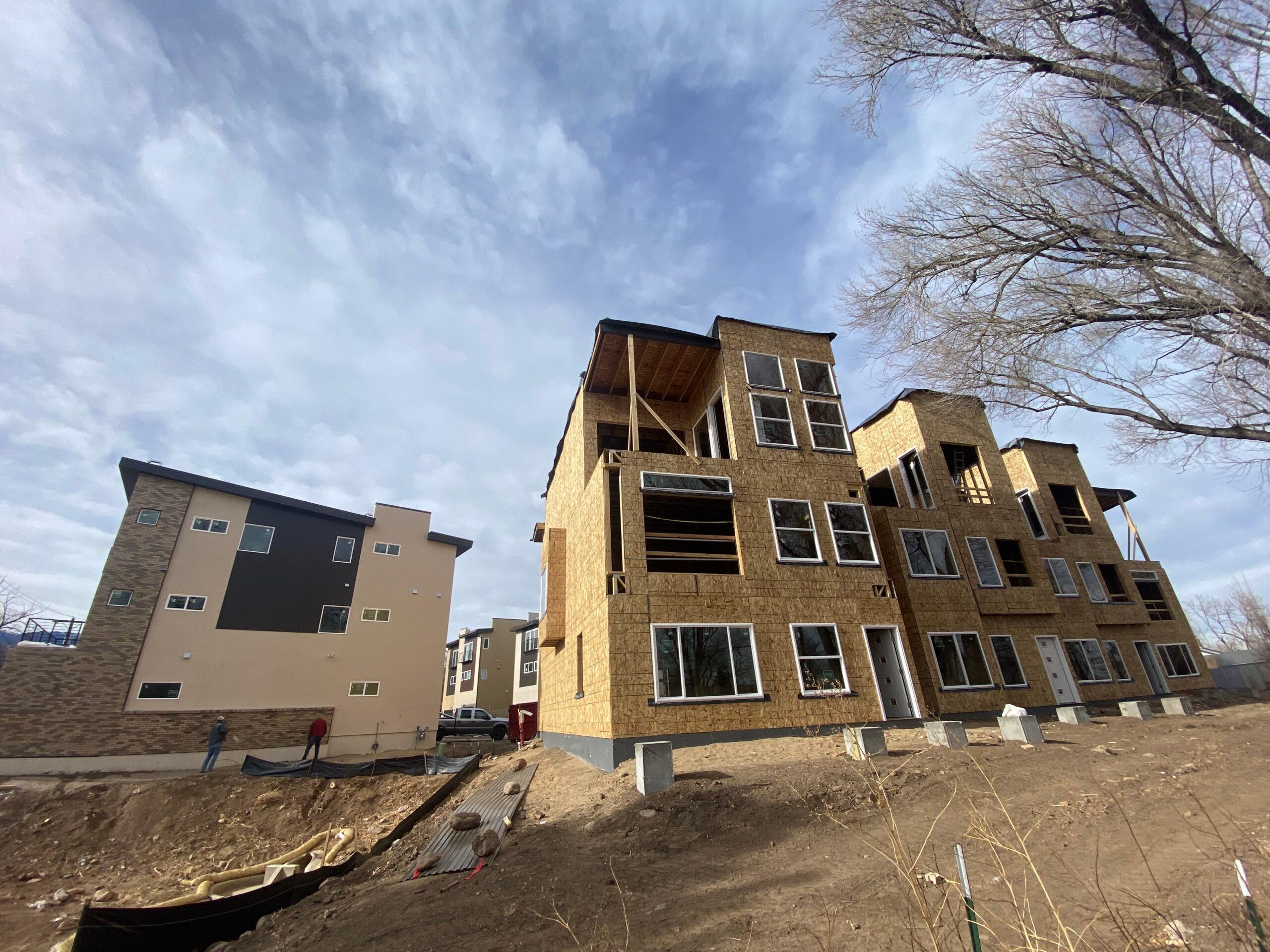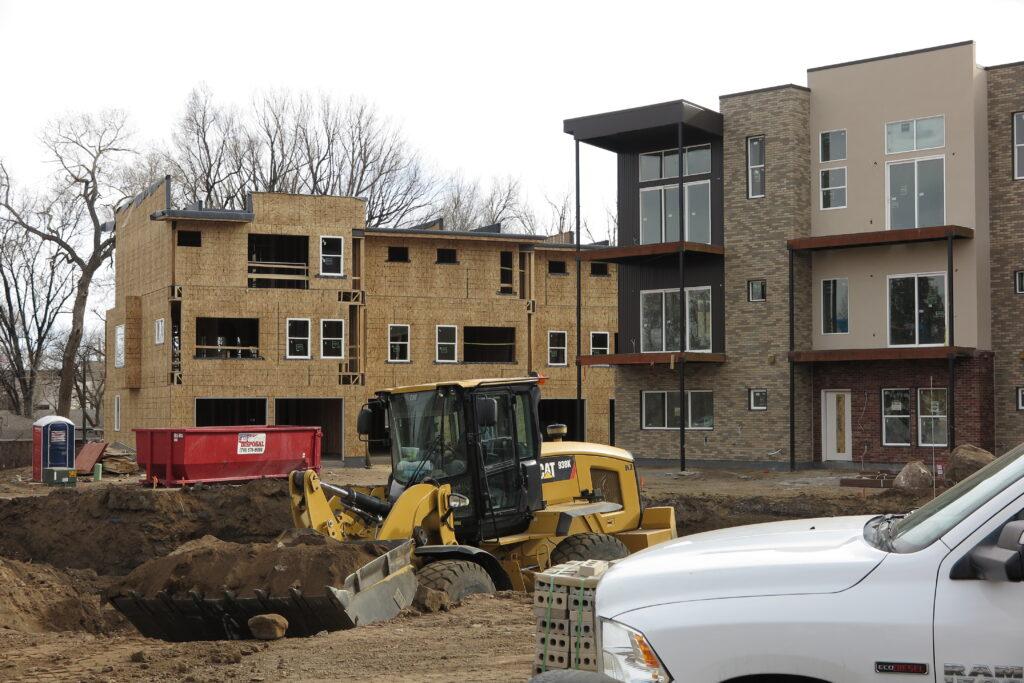
Rising home prices in Colorado’s two biggest real estate markets did not slow down in the final months of 2021, when home buying typically cools off because of the change in seasons.
The median price for a single family home in Metro Denver in December was $543,000, a figure just $2,000 shy of the record high set in June. In the Pikes Peak region, the December median was $450,000. That equaled the record set this summer.
Realtors and economists say lingering supply chain disruptions, the societal shift to working at home during the pandemic, and larger issues ranging from stricter building regulation to changing demographics in the area will keep home prices high, and moving higher, for as long as a decade.
A recent forecast from the California-based Realtor.com predicted Colorado Springs will rank as the 14th hottest housing market in the country in 2022. The combined Denver-Aurora-Lakewood area also made the top 100 list, coming in at 48th.
That distinction follows the news that a zip code in southeast Colorado Springs was the top one in the country for how often listed homes were viewed and how fast those homes sold. Over the entire Pikes Peak region, in June 2021, a home remained on the market for an average of only seven days.
“It’s now become quite the joke with realtors is, ‘It needs to change [from days] to hours on market,’” said Ann Kidd, chair of the Pikes Peak Association of Realtors.
A hot housing market can represent many things. It can reveal the desirability of a community as a place to live, and it’s often an indication of growth in high-paying jobs. Colorado Springs has received attention in both those arenas in recent years.
But, Kidd said the uptick in home prices in the region is largely due to problems in producing housing stock that predate the region’s recent economic surge.
“The answer should be [that] the builders should be able to ramp up production to build more homes. This is a golden period for the home builders,” said Elliot Eisenberg, a self-employed economist who used to work for the National Association of Homebuilders. “This is the market screaming: ‘Build more.’”

Eisenberg said supply chain problems resulting from the pandemic have created bottlenecks in the construction industry in the short term. However, he argued, over the long term, builders are more hampered by burdensome and overlapping regulations from all levels of government. Some of these rules are intended to ensure safe building practices while others place limits on what type of housing can exist in certain neighborhoods or how many properties can exist on one lot.
Eisenberg said he believes the extent of these regulations prevent contractors from being able to turn enough profit building cheaper forms of housing. Those limitations, along with the millennial generation moving into prime home-buying age – “the biggest cohort in U.S. history” – will lead to demand far outstripping supply for years into the future, he said.
All told, home prices in Colorado Springs are nearly 18 percent higher than last December. But it’s not just housing prices that are up.
A recent report from the Council for Community and Economic placed living costs in the Springs at its highest recorded level, 9 percent higher than the national average. Housing leads the way in pushing that figure upward, though the categories of “transportation” and “miscellaneous goods and services” also ranked as more expensive than average.
Kidd said that when it comes to home prices, sellers still hold the power.
“Everybody is making concessions in this business except for sellers. Sellers are king,” Kidd said. “They rule the land.”
It might logically follow that it would then also be a great time for realtors. Kidd said that is the case – for the few realtors who can get affordable listings. Looking at recent records of houses for sale in the Pikes Peak Region, she tallied only 29 three-bedroom, two-bathroom homes listed for sale under $500,000 – housing stock she qualified as the “average, typical American dream.” Meanwhile, she said 4,600 realtors operate in the same region.
“It’s a crazy mess,” she said. “We have hungry buyers, but we also have hungry realtors.”








